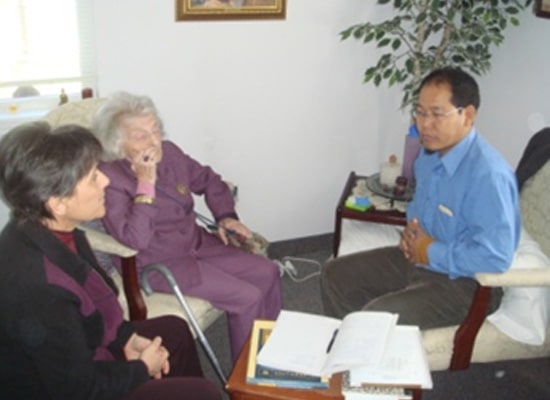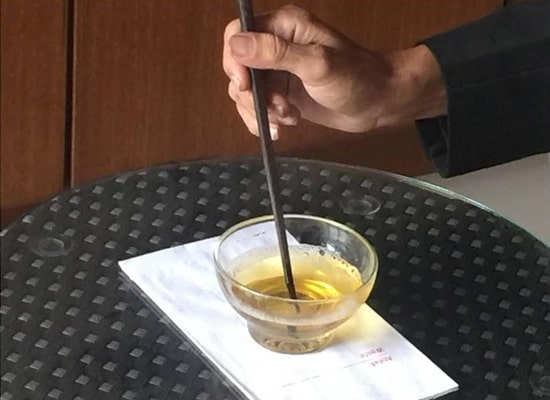The Traditional Tibetan Medicine & Healing System is over 2,500 years old and is one of the oldest medical systems practiced in the world. Yuthog Yonten Gonpo— regarded as the Father of Tibetan Medicine- wrote rGyud-bZhi, the fundamental medical text book for the training of Tibetan medical practitioners.
Under the temporal leadership of The Vth Dalai Lama in 1696, the first official medical college was established for monks in Lhasa, Tibet. The medical college was named Chagpori Drophenling.
Later, the XIIIth Dalai Lama established the Tibetan Medical & Astrological Institute (Men-Tsee-Khang) in Lhasa, Tibet. This institute was open for lay people to study Tibetan medicine and astrology.
During the Chinese invasion of Tibet in 1959, The Chagpori Medical College in Lhasa was completely destroyed.
In 1962, His Holiness the XIVth Dalai Lama re-established the Tibetan Medical & Astrological Institute in Dharamshala, India. Today, there are more than fifty branches throughout the world.
Dr. Trogawa Rinpoche- holder of the rare lineage of Chagpori healing and practice- established in 1992 the Chagpori Tibetan Medical Institute in Darjeeling, India. We have today many Chagpori amchis (physician/doctor) practicing all over the world.


The fundamental medical treatise, the rGyud-bZhi, is comprised of four sections usually known as the Four Tantras: The Root Tantra, The Explanatory Tantra, The Oral Instruction Tantra & The Last/Subsequent Tantra. The complete text encompasses 5,900 verses which are grouped into 156 chapters. The following is a short description of the contents of this treatise, which lists the different topics discussed in Tibetan medicine and illustrates the lucid and systematic presentation of the instructions.
The first Tantra- the “Root Tantra”- is comprised of six chapters giving a brief outline of the whole text and comparing the medical system with a tree. There are 3 roots sprouting into 9 stems, 47 branches and bearing 224 leaves. The nine stems represent the nine sections of medical science, the branches represent general information and the leaves illustrate the details.
The second Tantra- the “Explanatory Tantra”- encompasses 31 chapters and teaches about the life cycle (conception, childbirth, functioning of the three humours and signs of death), causes, conditions and the classification of diseases. It specifies the properties of medicinal ingredients and explains in detail diet, behaviour and the rules for maintaining health. It also contains a code which the physician should uphold while practicing the profession.
The third Tantra- the “Oral Tradition Tantra”- consists of 92 chapters that mainly teaches the 101 disorders of the three humours, indicating their causes, conditions, symptoms and methods of treatments and therapies.
The fourth tantra- the “Last Tantra”- is comprised of 27 chapters, which deal with diagnosis (such as urine analysis and pulse reading), pacifying medicinal ingredients and their preparations (pills, powders, syrups, medicinal butters, etc.), evacuative medications (purgatives and emetics) and treatments such as (moxibustion, golden-needle therapy, cupping, massage, etc).











